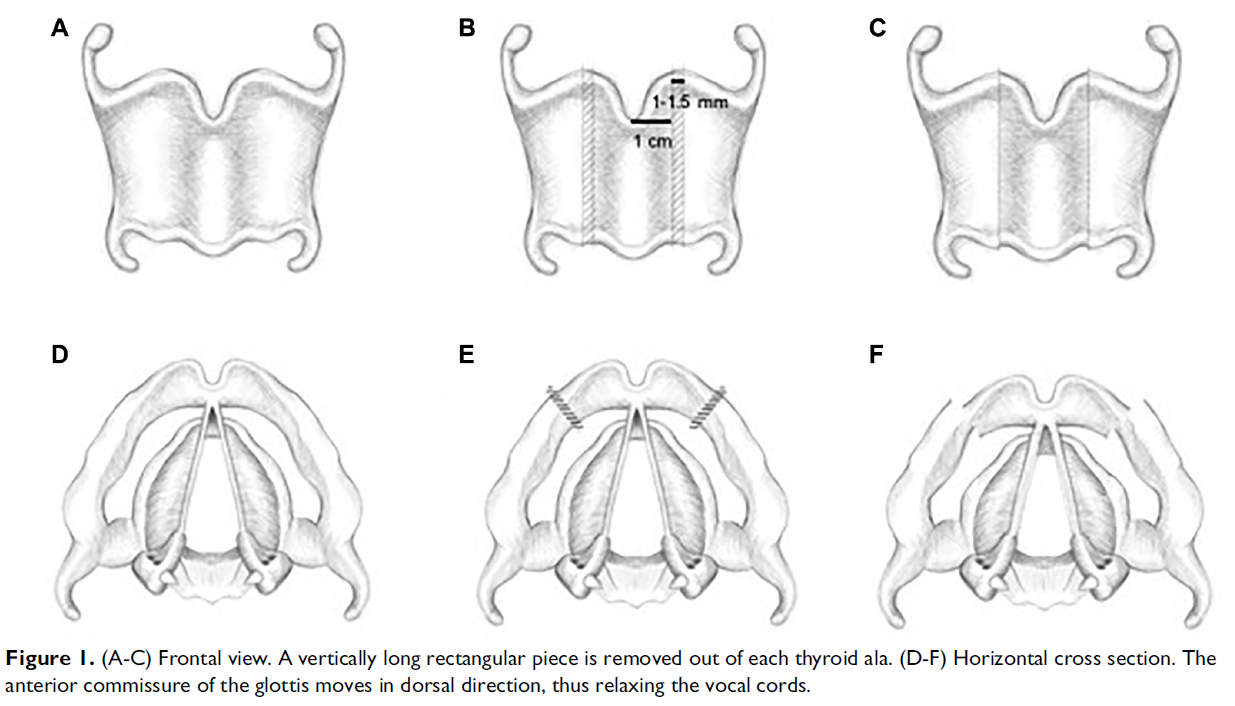 I’ve previously posted about studies of vocal deepening among trans men and transmasculine people on testosterone and the range of results that are achieved. Voice pitch deepening under the effects of testosterone is a one-way process – testosterone deprivation or administration of estrogen cannot physically reverse it, and trans women seeking to raise their vocal pitch therefore need to rely on vocal training or vocal cord surgery.
I’ve previously posted about studies of vocal deepening among trans men and transmasculine people on testosterone and the range of results that are achieved. Voice pitch deepening under the effects of testosterone is a one-way process – testosterone deprivation or administration of estrogen cannot physically reverse it, and trans women seeking to raise their vocal pitch therefore need to rely on vocal training or vocal cord surgery.
However, a portion of trans men on testosterone still do not experience a satisfactory deepening of pitch. A meta-analysis of 520 trans men taking testosterone found that after a year of treatment, 21% still did not have a fundamental frequency in the typical range of less than 131 Hz for cisgender men (Ziegler et al., 2018). Along with Nygren et al. (2016), these authors recommended that trans men with unsatisfactory voice changes from testosterone should receive specialized voice therapy and training to develop a more masculine voice.
Last year, I referenced thyroplasty surgery for lowering vocal pitch, which had been practiced on cadaver larynxes from dogs and was successful in lowering pitch in a case series of seven cis men. At the time, this surgery was suggested to be potentially useful for achieving voice masculinization in trans men. That application has now been realized.
Bultynck et al. (2020) reported on the results of eight trans men who received pitch-lowering thyroplasty at Ghent University Hospital in Belgium from 2002 to 2015. These men had been taking testosterone for at least a year, and were dissatisfied with insufficient masculinization of their voice. The procedure involves a series of tissue excisions to relax tension in the vocal cords, lowering the pitch:
The purpose of the Isshiki TPIII is to decrease the vocal fold tension. This is achieved by shortening the anteroposterior distance of the thyroid alae by bilateral vertical strip excisions, 1 cm from the midline. Two vertical parallel incisions, 1 to 1.5 mm apart, are made in both the alae of the thyroid to remove 2 vertically long rectangular pieces. The anterior commissure of the glottis moves in a dorsal direction, thus relaxing the vocal cords (Figure 1).
At a postoperative followup after four weeks, their fundamental frequency had lowered from an average of 156 Hz preoperatively to an average of 105 Hz. No complications of surgery were reported. This is similar to the pitch reduction seen in a series of cis men receiving thyroplasty, whose average fundamental frequency was lowered from 187 Hz to 104 Hz, and accords with a previous case report of this same surgery in a trans man which produced a pitch reduction from 146 Hz to 110 Hz (Saito et al., 2018). These initial results suggest that this new surgical option may be safe and effective in directly reducing voice fundamental frequency for those trans men who experience inadequate voice masculinization from testosterone alone. ■




